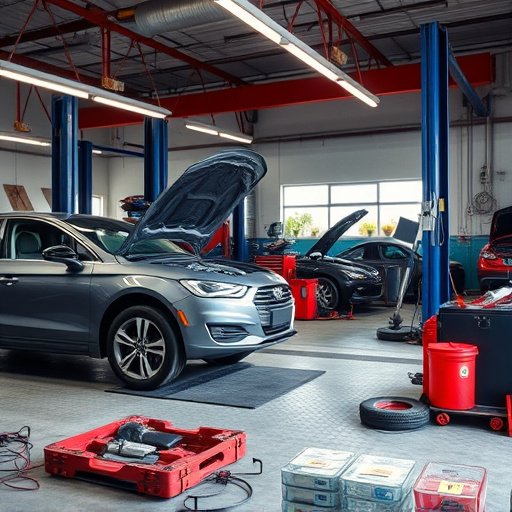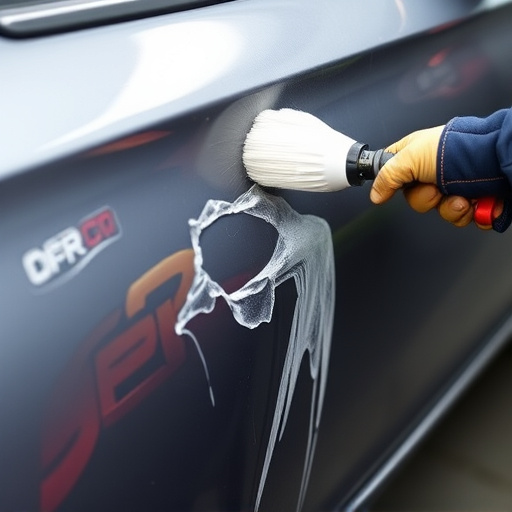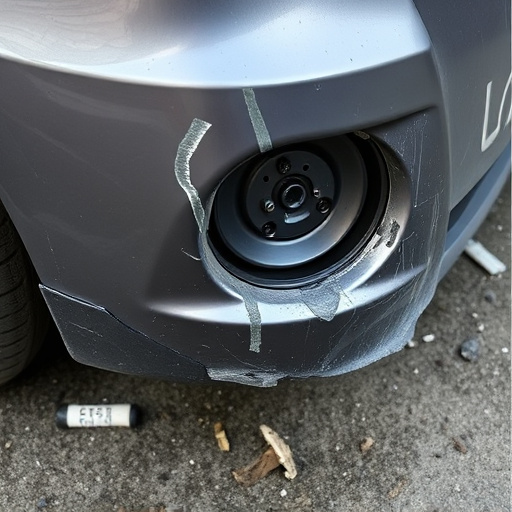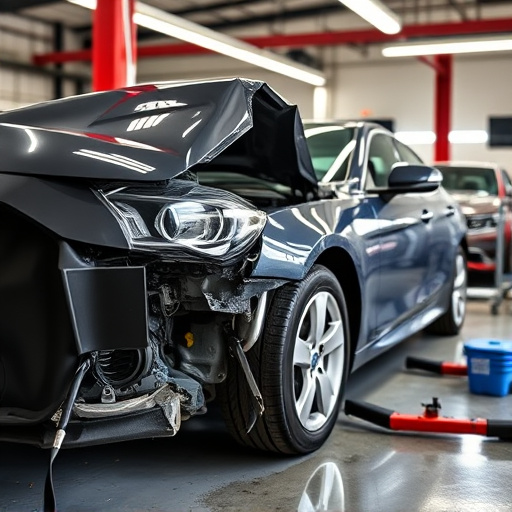In the competitive automotive services industry, efficient repair scheduling is crucial for both client satisfaction and business growth. Repair scheduling collision, caused by conflicting appointments, complex repairs, and resource limitations, leads to delays and reduced productivity. To overcome these challenges, auto repair shops should use robust scheduling software, prioritize tasks effectively, and manage resources strategically. By addressing the root causes of repair scheduling collision through advanced technology, improved communication, and proactive measures like digital platforms and technician training, businesses can optimize operations, enhance service quality, and ultimately deliver a superior customer experience.
In the fast-paced world of automotive services, efficient repair scheduling is paramount. However, collision repairs often present unique challenges due to their complexity and urgency. From managing simultaneous insurance claims to coordinating with parts suppliers, these complexities can lead to scheduling collisions. This article explores common issues in repair scheduling collisions and presents effective solutions for seamless management. We also dive into successful case studies showcasing innovative strategies that have transformed collision management, offering valuable insights for professionals in the field.
- Understanding Common Repair Scheduling Collision Issues
- Implementing Effective Solutions for Seamless Scheduling
- Case Studies: Successful Collision Management Strategies in Action
Understanding Common Repair Scheduling Collision Issues

In the fast-paced world of automotive services, efficient repair scheduling is paramount to customer satisfaction and business success. However, one significant challenge that auto repair shops often face is repair scheduling collision. These collisions can arise from various factors such as overlapping appointments, complex vehicle body repairs, and limited resources. When a client brings in their car for auto maintenance or auto body restoration, the shop’s schedule must accommodate the diverse needs of each job, ensuring that every vehicle receives timely and quality vehicle body repair.
The impact of these collisions can be detrimental, leading to delays, decreased productivity, and even dissatisfied customers. To address this issue, shops must implement robust scheduling systems, prioritize tasks effectively, and allocate resources wisely. By understanding the root causes of repair scheduling collision and adopting strategic solutions, auto repair businesses can streamline their operations, enhance service quality, and ultimately foster a positive customer experience.
Implementing Effective Solutions for Seamless Scheduling

Implementing effective solutions for seamless repair scheduling is paramount to overcoming collision challenges. By prioritizing efficient communication and utilizing advanced technology, collision centers can streamline their processes. This involves coordinating with customers, insurance providers, and other repair facilities to minimize downtime and maximize capacity utilization.
Integrating digital platforms and automation tools enables real-time updates, accurate availability checks, and instant notifications, ensuring everyone involved is on the same page. These measures facilitate better preparation for vehicle body repairs, whether it’s automotive collision repair or complex car bodywork restoration, leading to faster turnaround times and higher customer satisfaction.
Case Studies: Successful Collision Management Strategies in Action

In the realm of automotive aftercare, effective collision management is a game-changer for businesses and customers alike. Case studies from various industries offer insights into successful strategies that have revolutionized repair scheduling collision challenges. One notable example involves a leading auto body repair shop that implemented a digital scheduling system. By adopting advanced software, they streamlined appointment booking, enabling customers to choose specific time slots, thus reducing wait times. This approach not only enhanced customer satisfaction but also allowed the shop to optimize its workforce more efficiently.
Another compelling story is that of a specialized automotive collision repair center. They introduced a comprehensive training program for their technicians, focusing on precision and safety in auto frame repair. As a result, the center became renowned for its meticulous work, attracting clients seeking high-quality, reliable auto body repair. This strategy not only ensured customer loyalty but also positioned them as industry leaders in automotive collision repair. These real-world applications demonstrate that proactive measures and innovative solutions can significantly mitigate collision-related issues in the repair scheduling process.
In addressing repair scheduling collisions, understanding common issues and implementing effective solutions are pivotal. By leveraging technology, prioritizing communication, and adopting dynamic scheduling strategies, businesses can streamline their operations and enhance customer satisfaction. The case studies presented highlight successful strategies that have revolutionized collision management, offering valuable insights for other organizations to follow suit and mitigate scheduling challenges in the repair industry.














